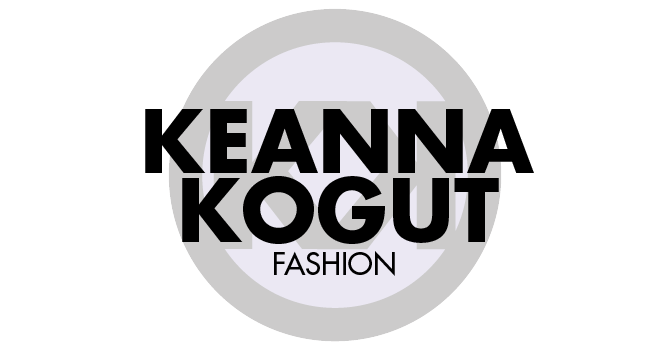04 Feb Levi’s will soon rely entirely on lasers to give its jeans that classic finish
One of the draws of denim—arguably its main draw—is how it ages. No other fabric breaks in quite the same way, leaving a history of the wearer on its surface in faded indigo.
Levi’s and other denim manufacturers go to extraordinary lengths to give brand-new jeans this patina, recreating the wear patterns they find on vintage pairs. And one of their most valuable tools to do this is potassium permanganate. It’s an oxidizer, similar to bleach but with a shorter life that makes it easier to control and safer on fabric. It’s “used on almost every jean that’s processed in the world,” says Bart Sights, Levi’s vice president of technical innovation. Denim brands use it to lighten jeans and give them that perfectly broken-in look that has drawn generations of shoppers to denim.
The chemical has its drawbacks, however. It can irritate workers’ skin and lungs if they aren’t wearing their protective equipment, and can be harmful to aquatic life if it isn’t treated properly before being disposed. A couple years ago, when Levi’s started its Screened Chemistry program, to identify and eliminate undesirable chemicals from its supply chain, the first one it realized it needed to phase out was potassium permanganate. “We were like, ‘Oh boy,’” says Sights of the team’s reaction. It was so widely used and so critical to finishing denim that quitting it would present a serious challenge.

Oddly enough, trying to solve the chemical problem caused Levi’s to stumble upon a labor-saving technological innovation that is transforming the way it designs, makes, and sells its jeans. Its replacement for potassium permanganate has turned out to be powerful digital tools and lasers that let it create precisely worn-in jeans quicker than ever—in about 90 seconds to be exact. The new model, called Project F.L.X. for “future-led execution,” has cut the chemicals needed for finishing down from thousands to dozens, and will make Levi’s far faster and more flexible in how it delivers its products to market.
Levi’s is introducing its new innovation at its major factory partners across the world, says Liz O’Neill, the company’s chief supply chain officer. “This is not just something we’re experimenting with and certain programs are going to be made this way,” she says. “We’re fully rolling this out.”
Lasers and Levi’s
To understand the scale of the change in how Levi’s makes its jeans, you have to first understand finishing. When the designers at Levi’s create a new pair of jeans, they sketch the body, deciding on the silhouette and details such as where the pockets will be. But they also develop a finish, which includes color fading to the indigo, as well as all the distressing and wear marks that make a pair of brand new Levi’s jeans look like they’ve been lived in for years.
“The finishing process is the most intense part of the design process for denim,” O’Neill says. Thirty years ago, there were three finishes: dark, medium, and light. Today, Levi’s offers more than 1,000 finishes each season, sourced from real wear patterns on vintage Levi’s or dreamed up by designers. They’re so much a part of what Levi’s does that the company considers them one of its competitive advantages.
To create a prototype involves back and forth discussions with designers and could take anywhere from two to five days, depending on the complexity of the “recipe.” Levi’s Eureka Lab, which Sights heads up, has to figure out how to impart all that whiskering and fading on a fresh pair of denim.

And then there’s a greater challenge: They have to work out with Levi’s supplier factories how to mass-produce several thousand pairs, keeping the look and quality as consistent as possible across all of them. Traditionally, Levi’s might sponge or spray on chemicals, such as potassium permanganate, to lighten certain areas, and manually distress them with sandpaper, using dremel tools to create holes. At a Levi’s supplier in, say, Mexico or Turkey, the result is a room full of workers doing the “dry processing” jobs of manually hand-sanding or distressing jeans one by one, based on a sample pair hanging in front of them. On average, a worker makes two to three pairs per hour.
Now, in roughly 90 seconds, a laser does the same job, and does it exactly the same each time.
What it’s actually doing is burning away a very fine layer of cotton and indigo, much as a layer wears off through rubbing during regular washing and wear over time, or when sanded by hand. When the laser is in action, the jeans smoke. “If you want a hole in it, it’s actually going to catch on fire,” O’Neill says. They have to wash the jeans after to clean off the thin layer of ash left over, but they use the opportunity to apply any tint they want, if they’d like to give the color a greenish or brownish cast for instance.

The designers no longer need to spend days going back and forth with physical prototypes. They design everything digitally, using tools Levi’s developed itself to allow them to work with photo-realistic samples of jeans that don’t physically exist yet. The digital file contains instructions for the lasers, so there’s no longer any need to worry about how to replicate the look in mass production.
The change has cut development time for a new pair of jeans in half. “In the past, when a recipe might be 15 to 20 different steps of manual and machine applications, now all of our recipes are three steps,” Sights says, “one of those being a laser.”


No Comments